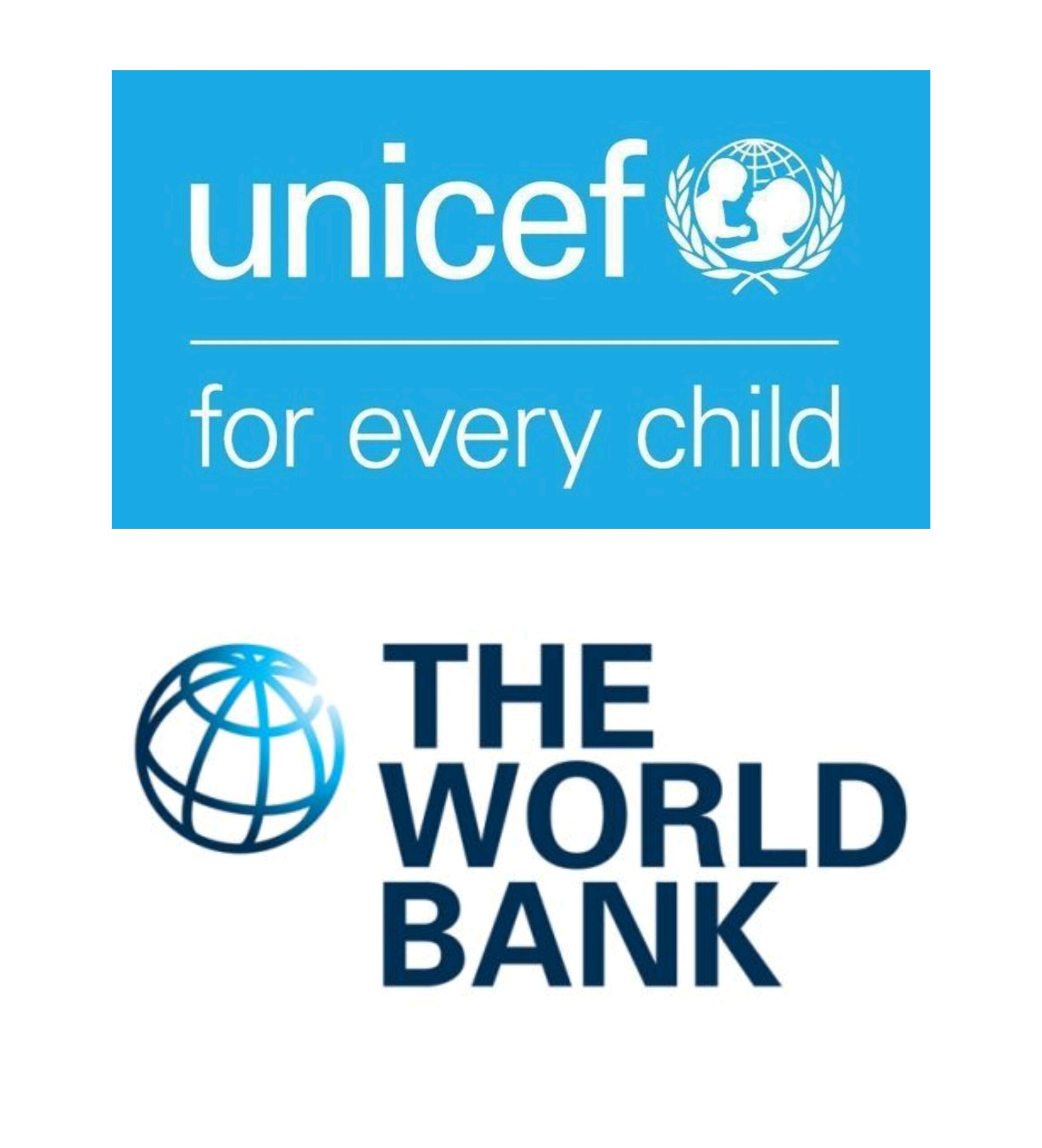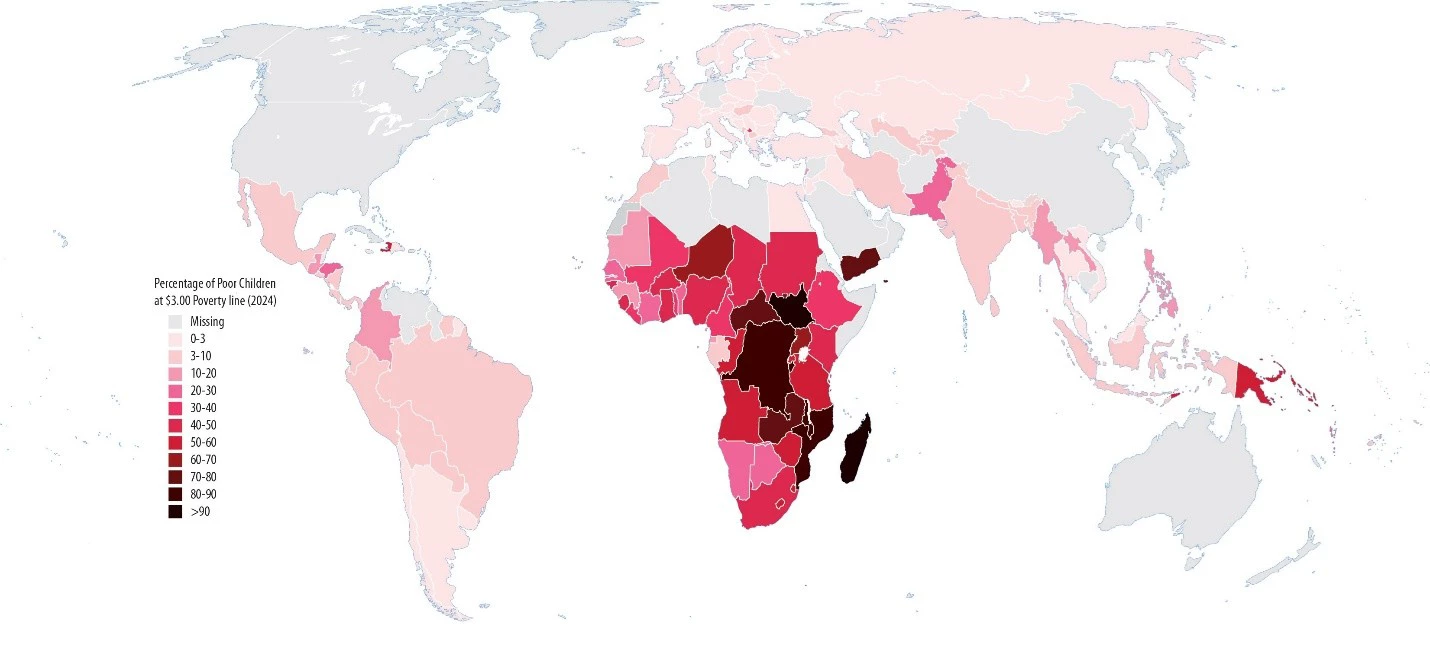A Decade of Change: World Bank and UNICEF Reveals Progress on Child Poverty

A joint analysis by the World Bank and UNICEF has revealed that although the number of children living in extreme poverty worldwide has declined over the past decade, progress has been slow and deeply uneven, leaving hundreds of millions still in deprivation.
The report shows that in 2024, around 412 million children—about 19 percent of the global child population—were living on less than $3.00 a day. This marks a significant reduction from 2014, when 507 million children, or nearly one in four, survived under the same threshold. In practical terms, this means almost 100 million fewer children are now living in extreme poverty compared to ten years ago. The progress, however, was briefly interrupted by the COVID-19 pandemic, which temporarily reversed gains.
When viewed against a broader benchmark of $8.30 per day, the picture becomes more troubling. Nearly 1.4 billion children, representing two-thirds of the global child population, still live below this poverty line. This figure highlights the vast scale of economic vulnerability faced by children, particularly in middle-income countries where the cost of living is higher.
Regional disparities are striking. Sub-Saharan Africa remains the epicenter of child poverty, with more than half of the region’s children living on less than $3.00 a day. Despite representing only 23 percent of the world’s child population, the region accounts for three-quarters of children in extreme poverty, a situation compounded by conflict, fragility, and climate shocks. South Asia, by contrast, has shown remarkable progress. Over the past decade, the region reduced its extreme child poverty rate from about 25 percent to just over 8 percent, with India playing a particularly pivotal role. East Asia and the Pacific also saw major improvements, driven by countries such as Indonesia and China, where millions of children have been lifted out of poverty.
Latin America and the Caribbean, along with Europe and Central Asia, maintained relatively low levels of extreme child poverty, though inequalities remain evident at higher poverty thresholds. The Middle East and North Africa, however, experienced a reversal of earlier gains, with extreme child poverty nearly doubling to 13 percent, largely due to the protracted crisis in Yemen.

Source: World Bank
At the national level, several countries stand out for their success. Indonesia reduced extreme child poverty by nearly three-quarters between 2015 and 2024, while Georgia halved its rate in less than a decade. Mexico also recorded substantial progress. Yet, in places marked by conflict and instability, poverty rates have worsened, demonstrating how fragile gains can be in the face of global and regional crises.
The findings underline a central message: while progress is possible, children continue to bear the heaviest burden of poverty. Although they make up only 30 percent of the global population, they represent more than half of those living in extreme poverty. The study stresses that eliminating child poverty will require not only targeted social protection but also sustained political commitment and investment in education, health, and resilience.
